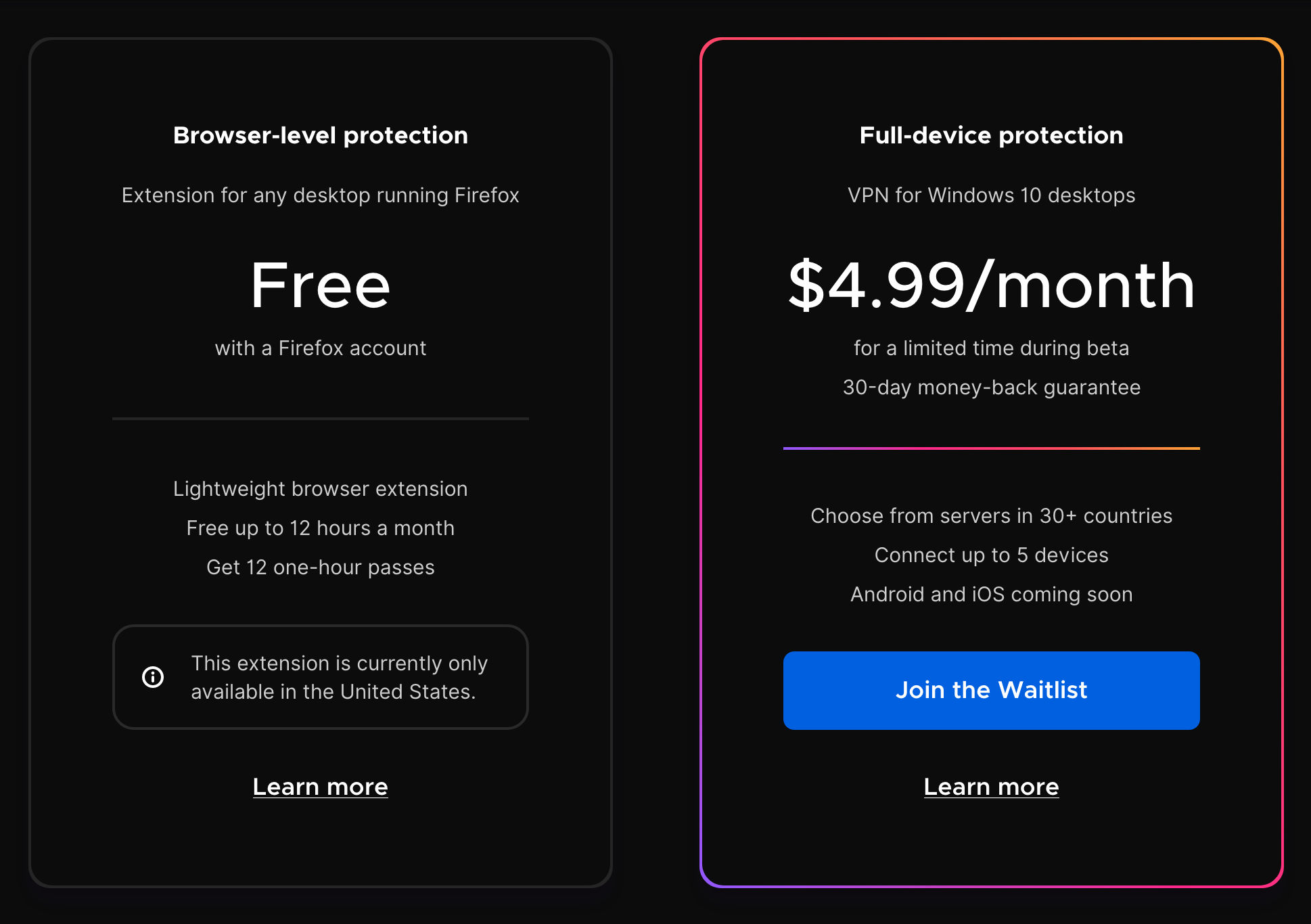

For example, Chrome OS comes with verified boot and a Google Security chip while Google takes also care of BIOS-updates. While the approach towards sustainability is definitely great, Google also addresses that, albeit sharing underlying technology and management tools, Chrome OS Flex differs in some ways to the Chrome OS-based and certified devices we know so far. The guided process is easy to follow then and finally equips you with a bootable media to revive your old hardware and boot from it. Note: Intel GMA 500, 600, 3600, and 3650 graphics hardware do not meet Chrome OS Flex performance standards.Processor and graphics: Components made before 2010 might result in a poor experience.You’ll need to boot from the Chrome OS Flex USB installer and make some adjustments in the BIOS if you run into issues. Architecture: Intel or AMD x86-64-bit compatible device.Chrome OS Flex might work on non-certified devices but performance, functionality, and stability are not guaranteed. Variants of certified models might have unexpected issues. Google only guarantees Chrome OS Flex functionality on certified models.

Generally speaking, I would have preferred the good, old ISO-way so that Chrome OS Flex can also be deployed for users who haven’t any connection to Google-products so far: Just providing a Chrome-extension doesn’t really lower the bar here and could - possibly - prevent users from checking out Chrome OS Flex! Choose carefully here! ?Īs we may have expected from Google, creating the bootable USB-drive (you need an 8 GB-stick for that) is accomplished by an official Chrome-extension so you should have any kind of Chrome-compatible browser available ( Brave worked fine here!).
#Mullvad chromebook manual#
You may enter some specific information to gain access to the official installation manual or directly use this link to head on! Getting an extension to create an USB-stick - well, Google. The behavior is equal to the well-known Linux Live-environments that boot from an external media and can be installed once you decide to stick with the distribution. Chrome OS Flex runs straight from the stick but can (and should) be permanently installed once you want to use the system on a permanent basis.
#Mullvad chromebook how to#
How to startĪll you need getting started is to build your own Chrome OS Flex-USB stick and boot up the desired device. Paired with the Chrome Enterprise or Education-Upgrade, IT-departments are told to manage Chrome OS Flex devices and Chrome OS devices like Chromebooks side by side in the Google Admin console so especially the administration is kept at a single point of contact. The solutions delivers the official Chrome Browser, Google Assistant and cross-device features in the same user interface as Chrome OS.
#Mullvad chromebook code#
Technically, Chrome OS Flex has the same code base and release cadence as Chrome OS which ensures a consistent end user and IT-experience. The scenario is as simple as straightforward: Older and supported devices (even some MacBooks!) which aren’t capable or running any iteration of current Operating Systems anymore can easily be equipped with Chrome OS Flex to extend their lifecycles in terms of sustainability under the „Google“-moniker.


This is about to change now as the Preview-stage of Chrome OS Flex has ended and the product gained the status of general availability, founding on Chrome 103 and even supporting ten-year old devices. Now, Chrome OS Flex takes a final approach to revitalize older hardware and simultaneously aims at the Enterprise.Īlthough the pandemic has reportedly driven the adoption of ChromeOS in different sectors, Google’s implementation of a Chrome-based Operating System is still a niche-player somehow.


 0 kommentar(er)
0 kommentar(er)
